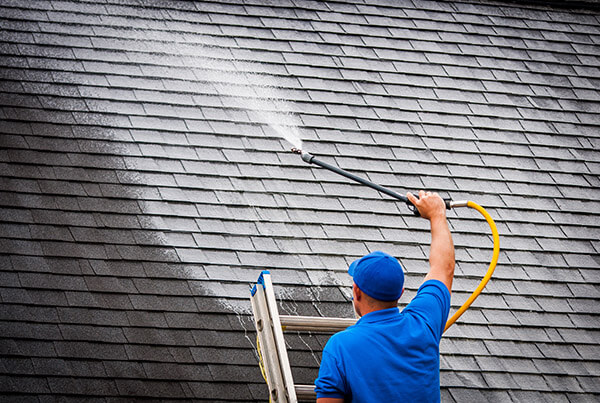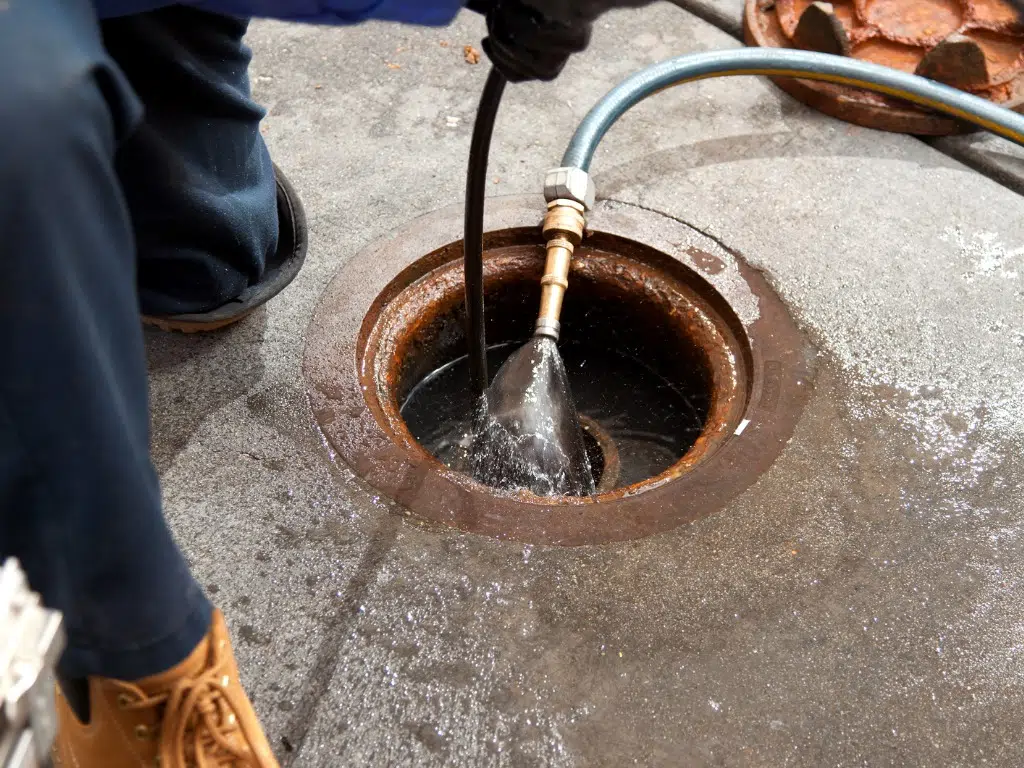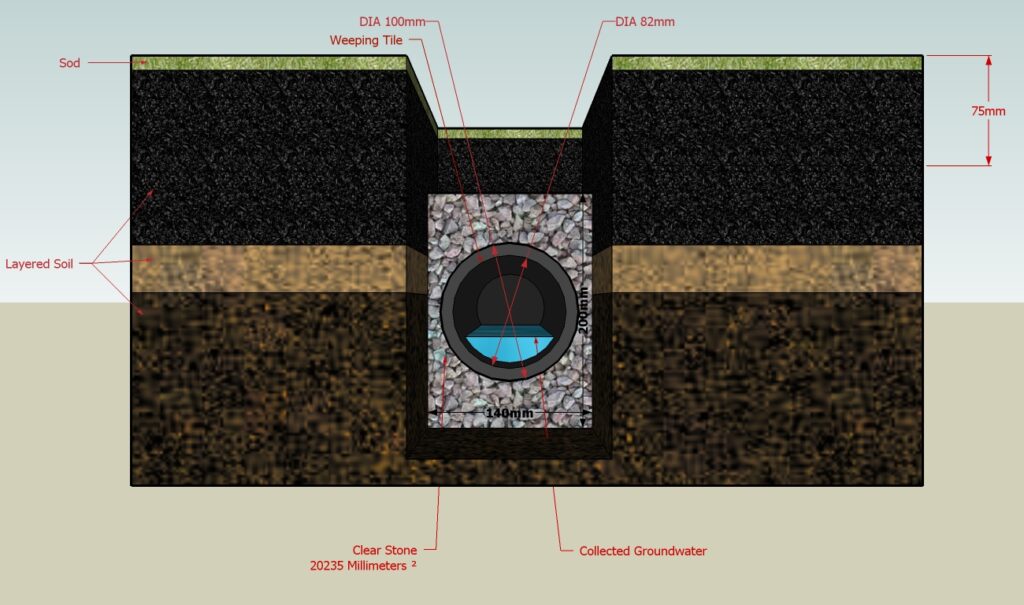If you’ve ever stepped outside after a downpour only to find your backyard transformed into a muddy swamp, you’re not alone. Poor drainage is a common issue for homeowners, and it can wreak havoc on your lawn, foundation, and peace of mind. That’s where backyard drain installation comes in as a practical solution to redirect water away from your home and restore functionality to your outdoor space.
Whether you’re battling soggy patches, basement leaks, or standing water that won’t budge, this comprehensive guide will walk you through the process, materials, and decisions you need to make for effective backyard drain installation.
Why Backyard Drain Installation Matters
Backyard drainage isn’t just about getting rid of puddles. Without proper drainage:
- Your foundation can crack.
- Your lawn can erode.
- Plants and trees can rot.
- Mosquitoes can breed.
Installing the right system not only solves these problems but also adds long-term value to your property.
Step 1: Assess the Problem Area
Before grabbing a shovel, take the time to understand what’s causing the issue.
- Locate pooling zones: Walk your yard after a heavy rain to identify problem spots.
- Determine the water source: Is it runoff from a slope? Overflowing gutters? A high water table?
- Find a discharge point: Water needs somewhere to go a storm drain, dry well, curb, or rain garden. It must be lower than the affected area to ensure gravity can do the work.
Pro Tip: Always contact your local utility companies before digging. A call to 811 can save you from damaging underground cables or gas lines.
Step 2: Choose the Right Drainage System
Not all drains are created equal. Depending on your backyard’s problem, here are your main options:
1. French Drain
The go-to solution for subsurface water issues.
- Involves a perforated pipe buried in a gravel-filled trench.
- Requires a 1% slope (1 inch drop per 10 feet).
- Great for redirecting water that sits beneath the surface.
2. Channel or Trench Drain
Perfect for paved areas like driveways or patios.
- Narrow trench with a grate on top.
- Quickly channels away surface water.
3. Dry Well
Ideal if there’s no obvious outlet.
- An underground chamber filled with gravel where water collects and gradually disperses.
Each option has its strengths. Learn more about these systems from The Spruce.
Step 3: Gather Materials and Tools
Here’s what you’ll typically need for a French drain (the most common system):
- Perforated PVC pipe (4-inch is standard)
- Geotextile fabric (prevents sediment from clogging the pipe)
- Gravel or crushed stone (for bedding and backfill)
- Catch basin or grate (to collect surface water)
- Landscape fabric
- Tools: Shovel, wheelbarrow, laser level, trenching machine (optional)
PVC pipes are preferred for durability and clog resistance, but flexible corrugated pipes are easier to work with.
Step 4: Installation Process
Let’s break this down step-by-step:
A. Dig the Trench
- Make it 12-18 inches deep and 8-12 inches wide.
- Maintain a consistent 1-2% slope towards your outlet.
B. Lay the Base
- Add 3 inches of gravel at the bottom.
- This helps with drainage and supports the pipe.
C. Insert the Pipe
- Place the perforated pipe with holes facing down.
- Wrap it with geotextile fabric to reduce clogging.
- Connect to a dry well or outlet.
D. Backfill
- Cover with more gravel.
- Add landscape fabric on top.
- Finish with topsoil or sod to blend into your lawn.
E. Install the Catch Basin
- Position it at the lowest point.
- Attach it to the pipe system.
- Test the system by pouring water into the basin.
Visual learners can check out Home Depot’s guide for helpful installation videos.
Step 5: Optional Upgrades
- Downspout Connection: Direct your roof runoff into the drain system. Use filters to prevent leaves.
- Regrading: Improve the overall slope of your yard. The ideal slope is 2-3 inches per 10 feet.
- Sump Pump: For low-lying areas that collect excess water and need active drainage.
DIY
DIY:
- Cost-effective for small or simple installations.
- Materials for a 100-ft French drain can cost $500 to $1,500.
- Requires precision; a poor slope or misaligned pipe can do more harm than good.
Maintenance Tips
- Clean catch basins and grates regularly.
- Use a hose or plumbing snake to flush pipes yearly.
- Keep gutters and downspouts clear to prevent overflow.
Environmental and Aesthetic Benefits
- Reduces erosion: Prevents runoff from washing away topsoil.
- Improves plant health: Roots can thrive without excess water.
- Controls mosquitoes: Drains eliminate stagnant water breeding grounds.
- Looks good too: Decorative grates and creative landscaping can integrate the system beautifully into your yard.
Final Thoughts
Backyard drain installation isn’t just a home improvement project; it’s a long-term investment in your property’s safety, beauty, and functionality. Whether you’re a weekend DIYer or prefer hiring pros, the key is understanding your yard, choosing the right system, and executing with precision.
If you’re not sure where to start or want help finding a reliable contractor in your area, drop your ZIP code and I can recommend someone local.
Take action now, because standing water today could mean structural damage tomorrow.









